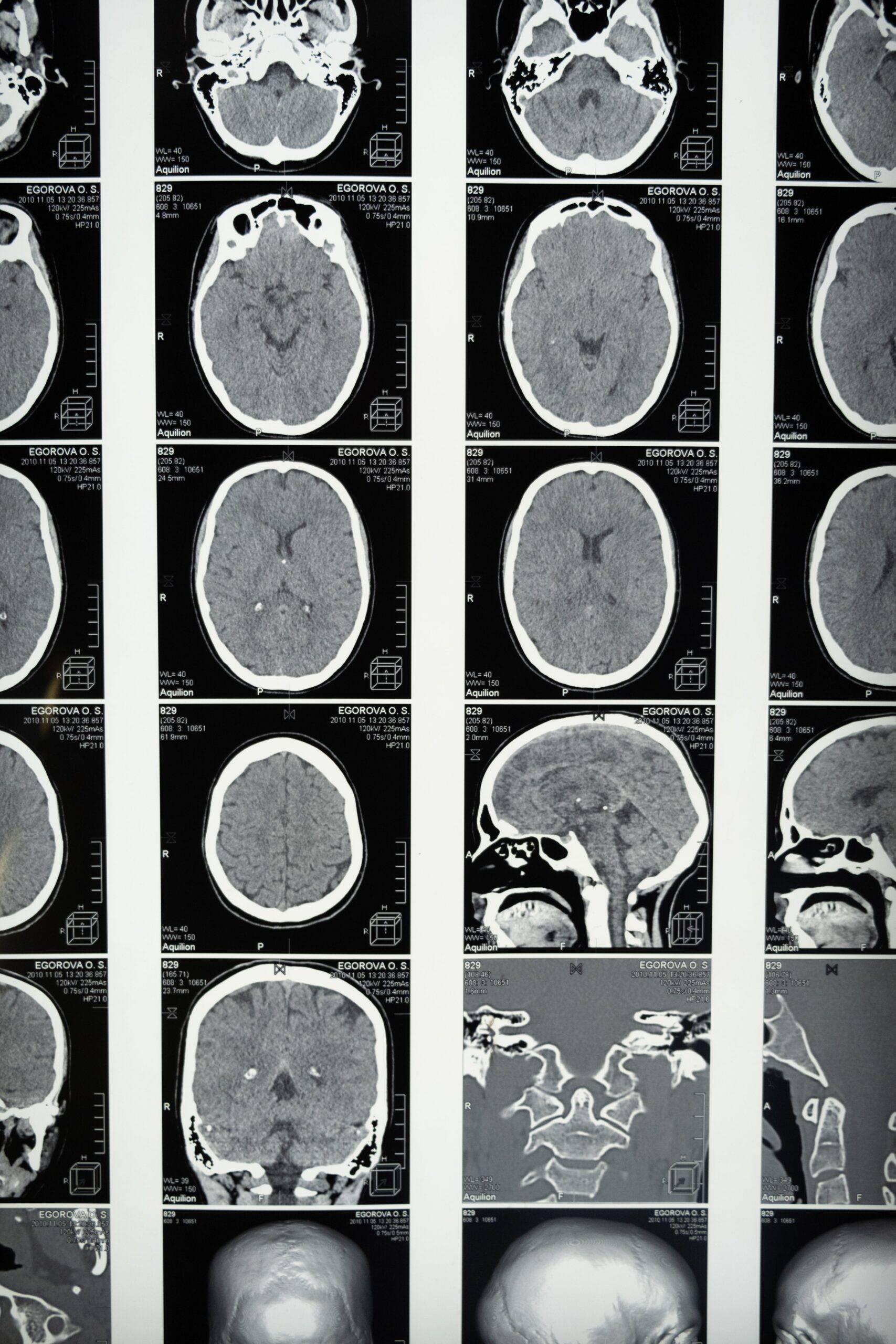Introduction
Functional Magnetic Resonance Imaging, or fMRI, is a powerful neuroimaging technique that has revolutionized our understanding of the human brain's functionality. It provides insights into how the brain works, paving the way for innovative discoveries in neuroscience and clinical applications. In this article, we will delve into the intricate world of fMRI, from its underlying principles to its diverse applications and the ethical considerations it raises.
Part 1: The Working Principles of fMRI
- Understanding the Basics of MRI
- Magnetic Resonance Imaging (MRI) is a non-invasive imaging technique that uses powerful magnetic fields and radio waves to create detailed images of the brain.
- MRI relies on the property of hydrogen nuclei to align with magnetic fields and then emit radio waves when briefly exposed to additional radiofrequency pulses.
- Distinguishing Structural and Functional MRI
- Structural MRI provides high-resolution images of the brain's anatomical structures, making it suitable for detecting abnormalities like tumors.
- Functional MRI, on the other hand, captures real-time changes in brain activity by measuring alterations in blood flow and oxygenation levels.
- The Role of Magnetic Fields and Radio Waves
- Expanding on how powerful magnetic fields are generated within the MRI machine and how radio waves are used to manipulate the magnetic properties of hydrogen nuclei.
- Describing how these processes create signals that are converted into detailed images.
- Hemodynamic Response and BOLD Signal
- Explaining the concept of the Hemodynamic Response Function (HRF) and its relationship with the Blood Oxygenation Level Dependent (BOLD) signal, which is central to fMRI.
- Detailing how changes in blood flow, oxygenation, and the BOLD signal provide a dynamic representation of neural activity.
Part 2: Technical Aspects of fMRI
- Equipment and Technology
- Providing a comprehensive overview of the specialized MRI machines and coils used in fMRI.
- Highlighting recent advancements in technology, including higher field strengths, faster acquisition sequences, and specialized hardware for specific applications.
- Advantages and Limitations
- Discussing the strengths of fMRI, such as its ability to capture brain activity with high spatial resolution.
- Addressing its limitations, including lower temporal resolution, susceptibility to artifacts, and the need for robust statistical analysis.
- Data Analysis and Software Tools
- Delving into the software tools and techniques used to process and analyze fMRI data, such as preprocessing, registration, and statistical modeling.
- Exploring popular software packages like SPM, FSL, and AFNI, which facilitate data analysis and interpretation.
Part 3: Clinical and Scientific Applications of fMRI
- Investigating Brain Activation during Cognitive Tasks
- Detailing how fMRI has opened windows into brain activation patterns during cognitive tasks, decision-making, and sensory perception.
- Offering examples of landmark studies that have utilized fMRI to understand complex cognitive processes.
- Brain Plasticity and Rehabilitation
- Discussing the role of fMRI in unveiling brain plasticity and its applications in the rehabilitation of patients recovering from injuries or strokes.
- Showcasing real-world cases where fMRI-guided therapies have led to significant improvements in patients' quality of life.
- Diagnosing and Studying Brain Disorders
- Exploring how fMRI is crucial in the diagnosis and research of psychiatric disorders, neurodegenerative diseases, and developmental disorders.
- Citing examples of studies that have used fMRI to better understand the underlying neural mechanisms of these conditions.
- fMRI's Role in Consciousness, Meditation, and Perception
- Offering insights into how fMRI has been employed to investigate complex topics like consciousness, meditation, and the neural basis of perception.
- Demonstrating how fMRI is contributing to our understanding of these subjective and multifaceted phenomena.
Part 4: Ethical Considerations and Challenges in fMRI Research
- Data Privacy and Security
- Addressing the ethical concerns related to the collection, storage, and sharing of sensitive fMRI data.
- Emphasizing the importance of maintaining patients' confidentiality and data security.
- Ethical Issues in Human and Animal Research
- Examining the ethical dilemmas related to conducting fMRI studies involving human subjects and animal models.
- Focusing on topics like informed consent, experimental risk, and the ethical treatment of research animals.
- Future Prospects and Ethical Standards
- Discussing the evolving ethical landscape in fMRI research, potential ethical guidelines, and the role of review boards and institutional oversight.
- Exploring how ethical considerations will adapt to emerging technologies and novel research directions.
Conclusion
In conclusion, functional MRI is an extraordinary tool that has brought unprecedented insight into the intricate workings of the human brain. Its applications in neuroscience and clinical research continue to expand, and as technology and ethical standards evolve, the future promises even more groundbreaking discoveries. Functional MRI stands as a testament to the power of technology in advancing our understanding of the most complex organ in the human body—the brain. It has the potential to unlock new frontiers in brain research, with implications for both medicine and the broader field of neuroscience.
